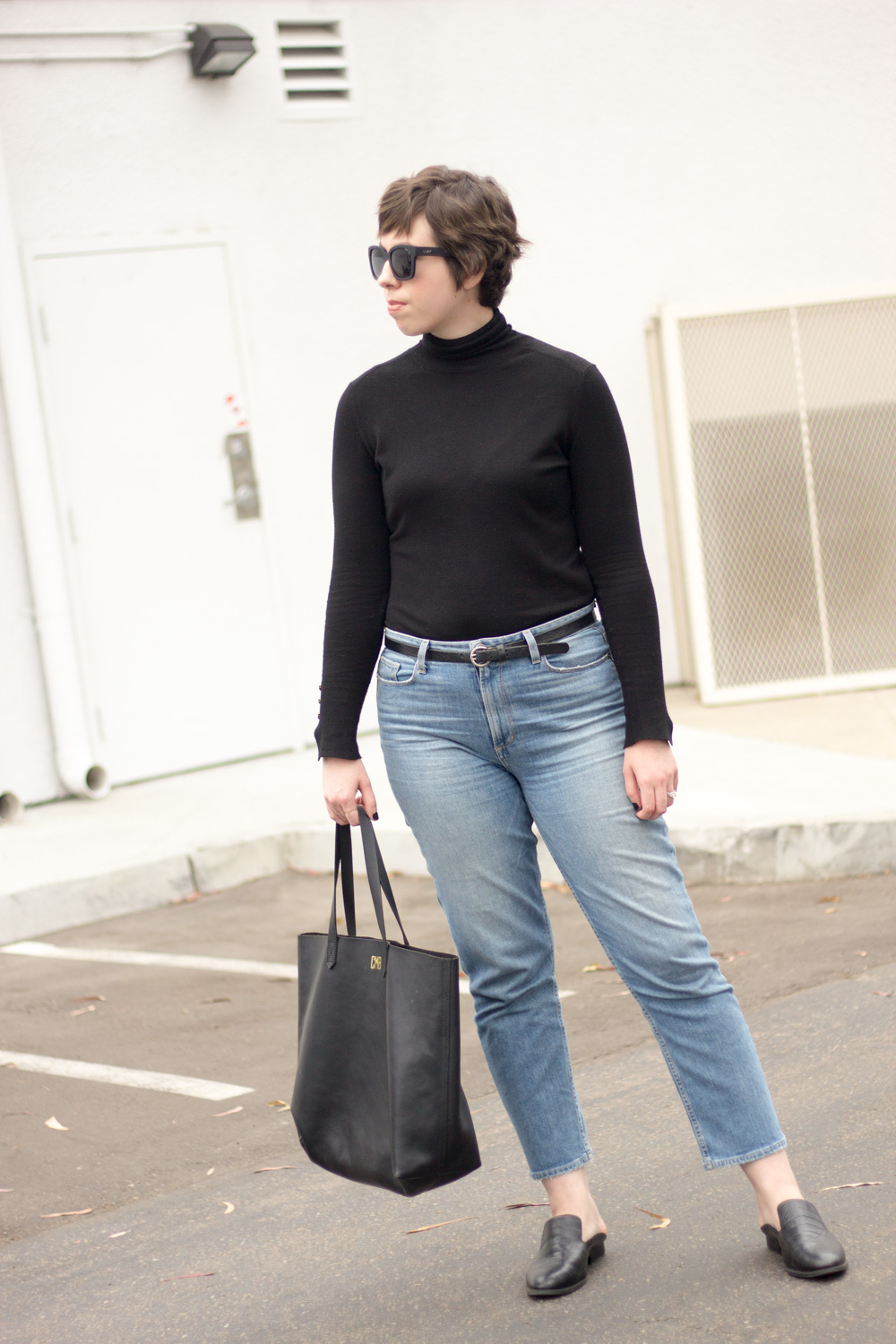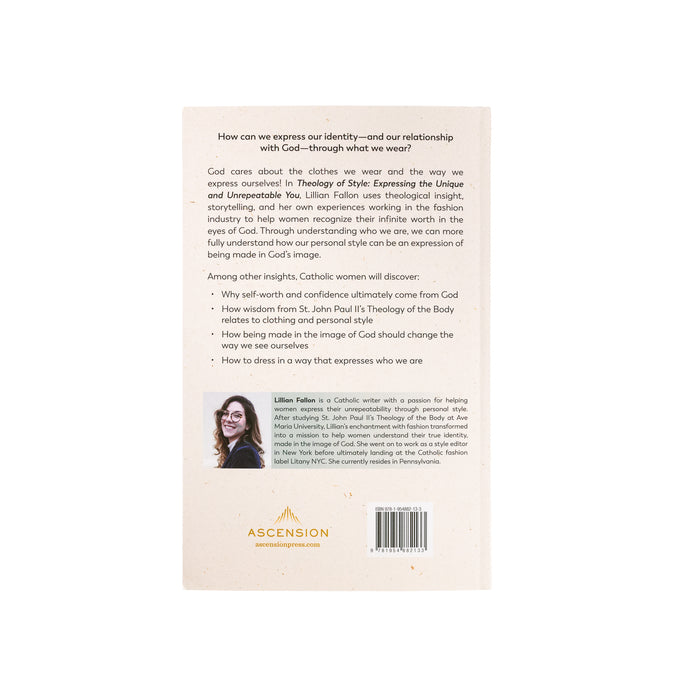The Enduring Power of Style: A Guide to Defining, Cultivating, and Expressing Your Unique Identity

Style, often perceived as superficial, is far more profound. It’s the language we use without words, a silent declaration of who we are, what we value, and how we wish to be perceived. It’s not just about clothes; it permeates every aspect of our lives, from our communication and living spaces to our professional choices and personal interactions. Understanding and cultivating your own style is a journey of self-discovery, empowerment, and ultimately, a more authentic and fulfilling existence.
What is Style, Really?
Style is the distinctive and characteristic manner in which something is done or presented. It’s the unique combination of elements that make something recognizable and distinguishable from others. Think of it as a personal signature, an embodiment of your individuality projected outwards.
In fashion, style encompasses clothing choices, accessories, grooming, and overall presentation. However, the concept extends far beyond the sartorial. We talk about architectural styles, writing styles, musical styles, and even management styles. In essence, style is the application of personal taste and preference to any activity or domain.
Why Does Style Matter?
While the notion of style might seem frivolous to some, its impact on our lives is undeniable:
- Self-Expression: Style is a powerful tool for self-expression. It allows us to communicate our personality, interests, and values to the world. Choosing a particular aesthetic, whether it’s minimalist, bohemian, or classic, is a way of saying, "This is who I am."
- Confidence Boost: When we feel good about our appearance and our surroundings, our confidence naturally increases. Style, when consciously cultivated, can contribute significantly to this sense of self-assurance.
- Making a Positive Impression: First impressions matter, and style plays a crucial role in shaping them. Whether you’re interviewing for a job, attending a social event, or simply meeting someone new, your style can influence how you’re perceived.
- Creating a Personal Brand: In today’s interconnected world, personal branding is increasingly important. Style is a key component of building a consistent and authentic brand that reflects your professional and personal aspirations.
- Fostering Creativity: Exploring different styles and experimenting with new ideas can be a creative outlet. It encourages us to think outside the box and push the boundaries of our comfort zones.
- Connecting with Others: Style can be a bridge that connects us with like-minded individuals. Sharing a similar aesthetic can create a sense of belonging and foster meaningful connections.

Unlocking Your Personal Style: A Step-by-Step Guide

Discovering your personal style is a journey of self-exploration. It requires introspection, experimentation, and a willingness to embrace change. Here’s a step-by-step guide to help you on your way:
1. Self-Reflection and Inspiration:
- Identify Your Values: What’s important to you? Do you value comfort, functionality, sustainability, or luxury? Your values should inform your style choices.
- Explore Your Interests: What are your hobbies, passions, and interests? Incorporate elements that reflect these into your style. For example, if you love hiking, consider incorporating practical and durable fabrics into your wardrobe.
- Analyze Your Lifestyle: How do you spend your time? Your style should be appropriate for your daily activities. A stay-at-home parent might prioritize comfort and practicality, while a corporate executive might opt for more formal and polished attire.
- Gather Inspiration: Look to magazines, blogs, social media, and even street style for inspiration. Create a mood board or Pinterest board to collect images that resonate with you. Don’t just copy; analyze what appeals to you about each image. Is it the color palette, the silhouette, or the overall vibe?
- Identify Style Icons: Who do you admire for their style? Analyze what makes their style appealing to you. Is it their confidence, their unique choices, or their ability to effortlessly pull off a particular look?

2. Experimentation and Exploration:
- Try New Things: Step outside your comfort zone and experiment with different styles, colors, and silhouettes. You might be surprised by what you discover.
- Shop Strategically: Instead of impulse buying, create a shopping list based on your style aspirations. Focus on investing in quality pieces that you love and that will last.
- Borrow and Rent: Consider borrowing clothes from friends or renting items for special occasions. This is a great way to try out new styles without committing to a purchase.
- Thrift and Vintage Shopping: Explore thrift stores and vintage shops for unique and affordable finds. You can often discover hidden gems that add character and personality to your wardrobe.
- Play with Accessories: Accessories can dramatically change the look of an outfit. Experiment with different scarves, jewelry, hats, and belts to create different looks.
- Don’t Be Afraid to Fail: Not every experiment will be a success. Don’t be discouraged if something doesn’t work out. Learn from your mistakes and keep trying.
3. Refining and Defining Your Style:
- Identify Your Core Pieces: What are the essential items in your wardrobe that you can’t live without? These are the building blocks of your personal style.
- Develop a Signature Look: A signature look is a consistent and recognizable style that is uniquely yours. It could be a specific color combination, a particular silhouette, or a signature accessory.
- Pay Attention to Fit and Proportion: The fit of your clothes is crucial. Even the most stylish outfit will look unflattering if it doesn’t fit properly. Pay attention to proportion and choose clothes that flatter your body shape.
- Consider Color Palette: Identify the colors that look best on you and that you feel confident wearing. Develop a color palette that complements your skin tone, hair color, and eye color.
- Edit and Organize Your Wardrobe: Regularly declutter your wardrobe to remove items that you no longer wear or that don’t fit your style. Organize your clothes in a way that makes it easy to find what you’re looking for.
- Seek Feedback: Ask trusted friends or family members for their honest opinions on your style. Be open to constructive criticism and use it to refine your look.
4. Maintaining and Evolving Your Style:
- Stay Informed: Keep up with current trends and emerging styles, but don’t feel pressured to follow them blindly. Adapt trends to suit your personal style.
- Revisit Your Inspiration: Regularly review your mood board and Pinterest board to stay inspired and to identify new directions for your style.
- Embrace Change: Your style will evolve over time as your life changes and your tastes evolve. Be open to change and don’t be afraid to experiment with new looks.
- Stay True to Yourself: The most important thing is to stay true to yourself and to wear what makes you feel confident and comfortable.
Style Beyond Fashion:
Remember, style extends far beyond clothing. Consider these aspects:
- Communication Style: How you speak, write, and interact with others reflects your personal style. Are you direct and assertive, or more diplomatic and collaborative?
- Interior Design Style: Your home is an extension of your personality. Decorate it in a way that reflects your tastes and values.
- Professional Style: How you present yourself at work is important for building credibility and advancing your career. Develop a professional style that is appropriate for your industry and your role.
- Lifestyle Style: The way you live your life, from your hobbies and interests to your social interactions, contributes to your overall style.
FAQ about Style:
Q: Is style innate or can it be learned?
- A: Style is a combination of both innate tendencies and learned behaviors. While some people have a natural eye for aesthetics, anyone can cultivate their own style through self-reflection, experimentation, and education.
Q: How can I develop a personal style when I don’t have a lot of money?
- A: Developing a personal style doesn’t require a lot of money. Focus on investing in a few quality pieces that you love and that will last. Explore thrift stores, vintage shops, and consignment stores for affordable finds. Learn to mix and match your existing wardrobe and accessorize to create different looks.
Q: How can I find my personal style if I’m always changing my mind?
- A: It’s normal to change your mind as you explore different styles. The key is to be patient and to focus on identifying the common threads that run through your various style preferences. What are the colors, silhouettes, and textures that you consistently gravitate towards?
Q: How can I avoid looking like I’m trying too hard?
- A: The key to avoiding looking like you’re trying too hard is to focus on authenticity and comfort. Wear clothes that you feel confident and comfortable in, and don’t try to force a style that doesn’t feel natural to you.
Q: Is it okay to copy someone else’s style?
- A: It’s okay to draw inspiration from other people’s styles, but it’s important to make it your own. Don’t just copy someone else’s look exactly. Instead, adapt their style to suit your own personality, body shape, and lifestyle.
Conclusion:
Style is a powerful form of self-expression that can enhance your confidence, improve your relationships, and help you achieve your goals. It’s a journey of self-discovery that requires introspection, experimentation, and a willingness to embrace change. By understanding the principles of style and applying them to your own life, you can cultivate a unique and authentic style that reflects your personality, values, and aspirations. So, embrace the journey, experiment fearlessly, and discover the enduring power of your own unique style. The world awaits your personal signature.
